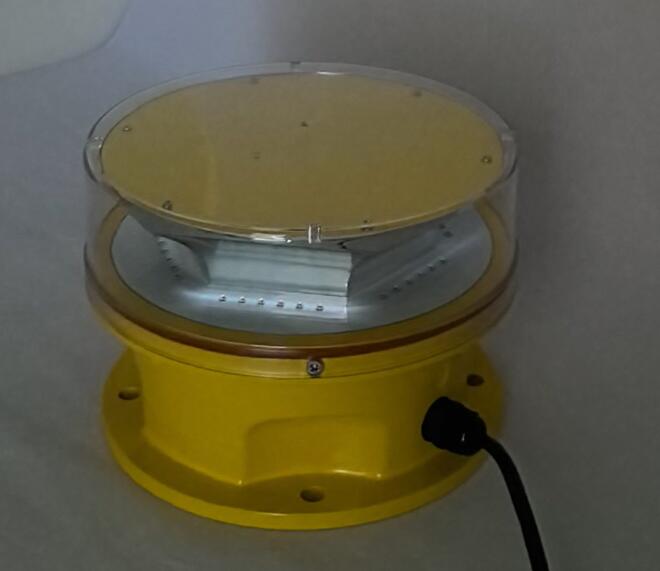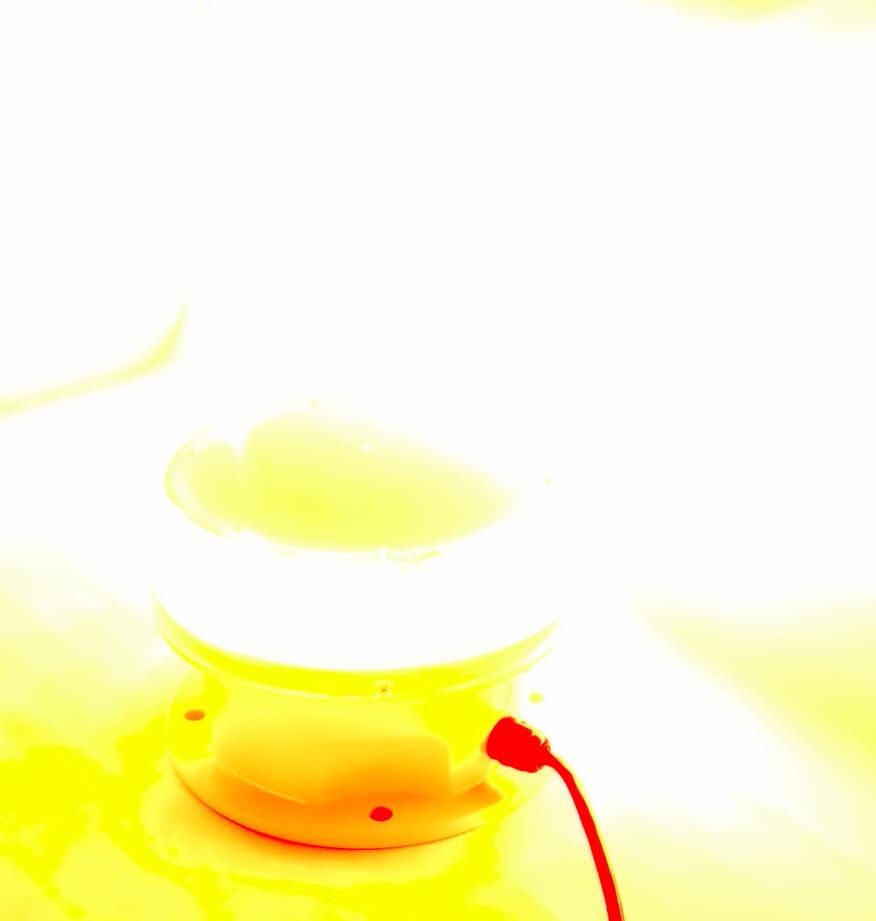In the complex and highly regulated world of aviation, the term "L 864 obstruction light" emerges as a critical element that plays a crucial role in ensuring the safety of flights and the protection of ground structures.
The L 864 obstruction light is not an ordinary light; it is a specialized device engineered with precision and purpose. Its primary function is to provide a clear and visible indication to pilots of potential obstacles in the airspace. These obstacles can range from tall buildings and communication towers to wind turbines and other large structures that might otherwise go unnoticed.
| L | 864 |
| RED | 40-60 |
Let's consider a scenario where a new industrial complex is being developed near an active flight path. Without the proper installation of L 864 obstruction lights on the structures within this complex, pilots would be operating under an increased risk of collision. The L 864 obstruction lights act as a visual warning, allowing pilots to make necessary adjustments to their flight paths well in advance.

The design and functionality of the L 864 obstruction light are based on a set of strict technical specifications. The "L" might denote a specific type or category of obstruction light, perhaps related to its light output characteristics or the technology used. The number "864" could potentially refer to a specific wavelength, power consumption, or some other technical parameter that differentiates it from other similar lights in the market.
One of the key features of the L 864 obstruction light is its ability to be visible from a considerable distance. This is achieved through a combination of high-intensity light sources and carefully designed optics that ensure the light is projected in a way that catches the pilot's attention. The color of the light, often red or white, is chosen for its contrast against the background of the sky and to comply with international aviation standards.
For instance, a tall transmission tower equipped with L 864 obstruction lights can be easily spotted by a pilot several miles away, giving them ample time to react and avoid a potential hazard.

The reliability and durability of the L 864 obstruction light are also of utmost importance. It must be able to withstand various environmental conditions, including extreme temperatures, strong winds, and precipitation. To ensure this, the lights are typically constructed with robust materials and are protected by weather-resistant casings.
In addition to its role in aviation safety, the L 864 obstruction light also has implications for urban planning and infrastructure development. Local authorities and developers need to take into account the requirements for installing these lights when constructing new buildings or structures that could pose a risk to air navigation.
Maintenance of the L 864 obstruction light is a continuous process. Regular inspections are carried out to check for any faults, such as bulb burnout, damaged wiring, or a decrease in light intensity. Timely repairs and replacements are essential to ensure the lights remain operational at all times.
Advancements in technology are constantly improving the performance of the L 864 obstruction light. New materials and lighting technologies are being incorporated to increase energy efficiency, extend the lifespan of the lights, and enhance their visibility even further.
For example, some L 864 obstruction lights now come with smart sensors that can automatically adjust the light intensity based on the ambient light conditions or send real-time status updates to a central monitoring system.
The L 864 obstruction light is an indispensable part of the aviation safety framework. Its presence and proper functioning are crucial for preventing accidents and maintaining the smooth flow of air traffic. As our cities continue to grow and our skies become more crowded, the importance of these lights will only continue to escalate. It is our responsibility to ensure that they are installed, maintained, and upgraded to the highest standards to safeguard the lives of those in the air and on the ground.